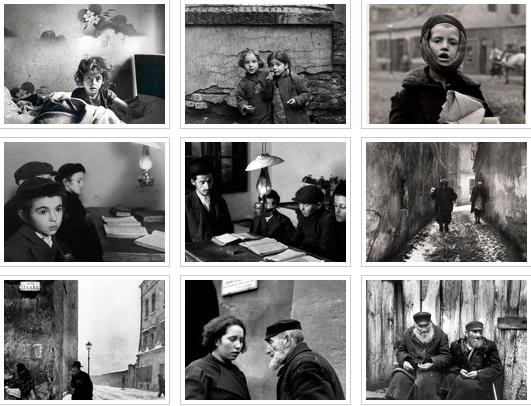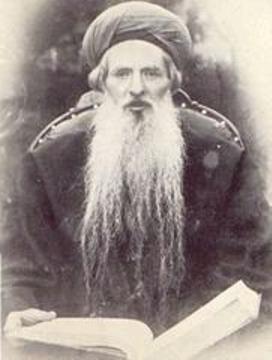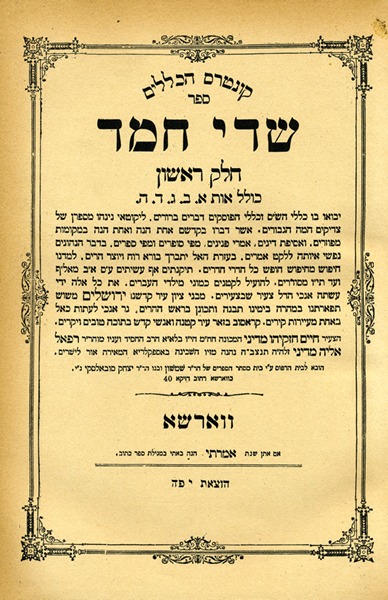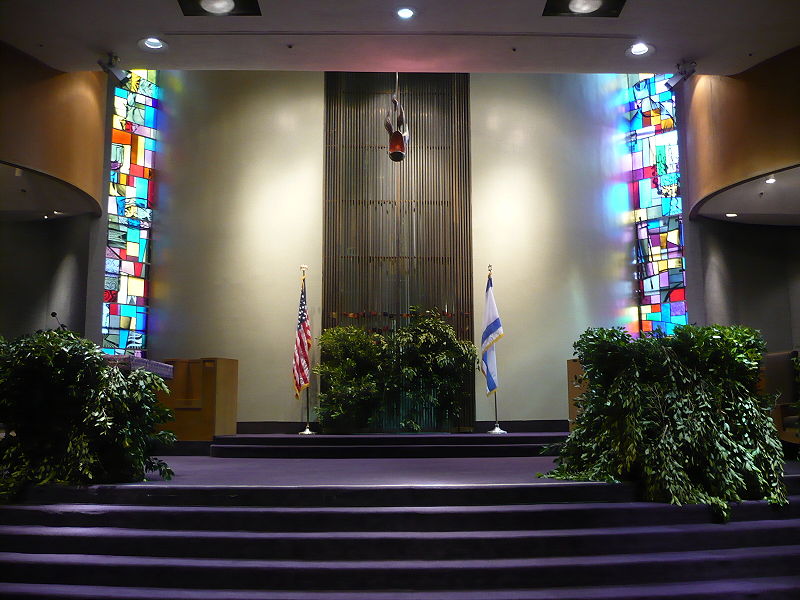
May 8, 1146 was the date of one of the most extraordinary incidents in Jewish history, the rescue of Rashi’s grandson, Rabbeinu Tam. Like his grandfather, Rabbeinu Tam was the leading rabbi of his generation, but in personality, they were radically different. Whereas Rashi was the gentle commentator whose work became the backbone of Jewish scholarship, Rabbeinu Tam was similarly influential, but much more outspoken. He was also one of the most colorful personalities in Jewish history. He does not fit the stereotype of the typical rabbi.
Though Rabbeinu Tam was a formidable scholar who operated the largest yeshiva in France, he was also a successful businessman and was able to support his yeshiva single-handedly, and it had hundreds of students. He had three main businesses. First, like many Jews of the time, he was a money lender, but he dealt only with noblemen. We even have evidence that he loaned money to the king of France. This could be a very dangerous position for a Jew, but it was also very profitable. His other businesses were inherited; he inherited his grandfather’s winery and later he inherited his older brother’s business, which dealt with goats, producing milk, cheese, etc. So not only was he able to support his yeshiva, he supported his family – all his nephews and cousins – and he was in charge of the finances for many of the top noblemen in France. We’ll see how that saved his life in the Second Crusade.
The Second Crusade began in 1146. It did not cause as much damage to the Jews of France and Germany as did the First Crusade, which was fifty years earlier in his grandfather’s lifetime, but there were pogroms nonetheless. On May 8, 1146 (the holiday of Shavuot), a Crusader mob came to Rabbeinu Tam’s town of Ramerupt, dragged him out of the synagogue and was about to crucify him – literally. Using nails, the Crusaders put five marks on his forehead, saying it was for the stigmata from the crown of thorns. Then they erected a cross and said, “If you’re the leader of the Jewish people in France, it’s no more than right that vengeance should be taken upon you for what the Jews did to our lord.”
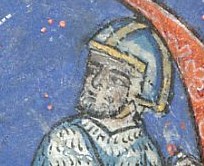
At that very moment, a nobleman rode by. He was a client of Rabbeinu Tam’s bank, and he owed Rabbeinu Tam a great deal of money. Rabbeinu Tam had also done favors for him; he’d extended his loans; he’d waived interest. So when the nobleman took in the scene, he knew that the mob was not going to be satisfied with anything less than Rabbeinu Tam’s death.
Then the nobleman hit upon a brilliant idea. “If you kill him, that’s just killing another Jew!” he told the Crusaders. “Give him to me! I will convert him to Christianity. If after two days, he still refuses, I will bring him back to you.”
The mob thought about it and agreed. They gave Rabbeinu Tam over to the nobleman, and as soon as the two of them were away from the crowd, the nobleman told him, “All right, Rabbi. Start walking.”
And this is how Rabbeinu Tam escaped. He got his family, his children, and left behind their house, the businesses, and their wealth and property. He went back to Troyes, to Rashi’s town, and started from the beginning, all over again.
[The historical source for this incident is A Book of Historical Records by Ephraim ben Jacob (1132-1200).]

